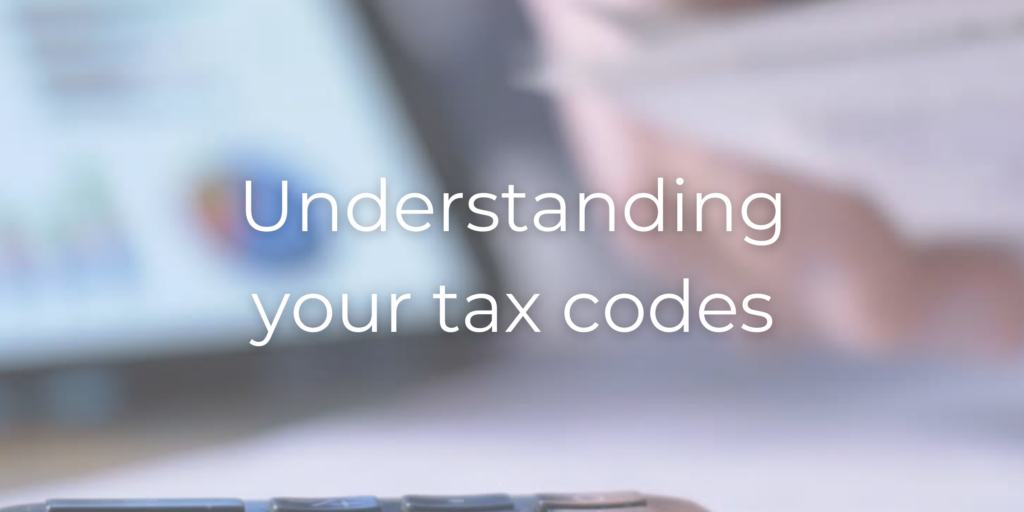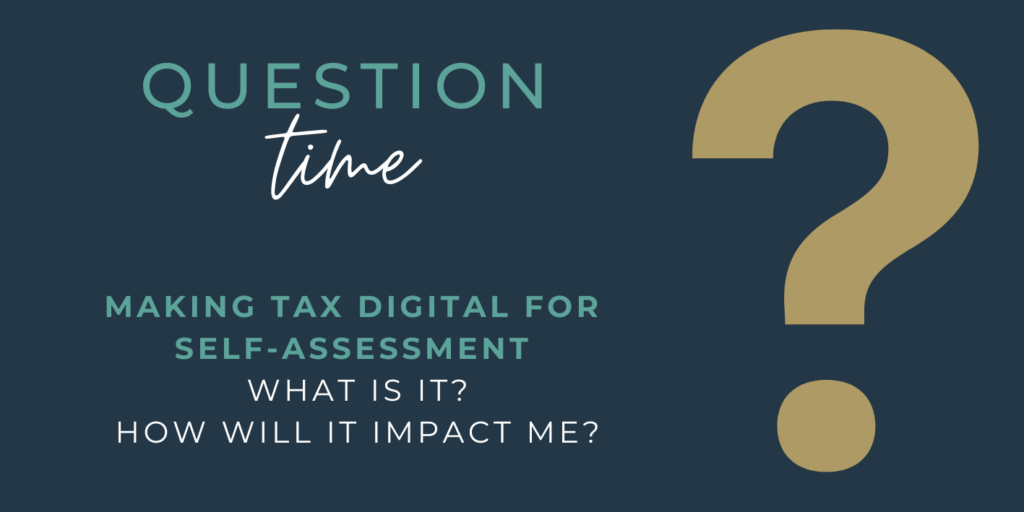Understanding your tax code

What are PAYE tax codes
PAYE codes are issued by HM Revenue & Customs as a way of determining how much tax needs to be deducted at source from income earnt under Pay As You Earn (PAYE). Generally this is employment or pension income.
The idea is that tax is deducted throughout the year via a payroll, spreading out your liability, rather than having to pay it in one lump sum. The PAYE tax code tells your employer how much tax should be deducted each time your pay is processed.
If you have multiple employments or pensions you will be issued a different tax code for each.
Common Tax codes
The most common tax code for the 2024-25 tax year is 1257L.
- 1257 represents the annual personal allowance (currently £12,570). This is the amount you can earn in a tax year before starting to pay income tax.
- The L suffix is used where there is no other untaxed income, unpaid tax or taxable benefits.
If the tax code is followed by W1, M1 or X this means that no previous tax or pay for the year is being included in the PAYE calculations and is known as an emergency code. Most commonly this will occur when an employee leaves an employment without a P45.
Where the numbers at the start of your tax code are adjusted down or up, these reflect adjustments to your personal allowance for that employment. An example would be where someone has two small pensions, so the personal allowance would be split between them.
Other common tax codes are:
- BR – all income will be taxed at the basic rate of income tax (currently 20%) with no adjustment for any personal allowance.
- OT – income will be taxed within the tax bands it falls due (so basic rate, higher rate or upper rate) but with no adjustment for any personal allowance.
- DO – all income is taxed at the higher rate of income tax (currently 40%) with no adjustment for any personal allowance.
K Codes
If your tax code begins with the letter K, it means that benefits-in-kind or unpaid tax from earlier years are probably higher than your annual personal allowance and so are being added on to the income taxed under PAYE.
You can work out how much this is by multiplying the number in the K tax code by 10 to show how much needs to be added to the taxable income before tax deductions are calculated.
These are often based on P11D submissions, and commonly adjusted in July following the P11D submission deadline.
Problems with tax codes
Where an individual may have multiple employments or pensions, have fluctuating salaries, or changing employment circumstances, HM Revenue & Customs systems can struggle to keep up to date, resulting in inaccurate PAYE coding notices. This in turn can lead to an unexpected underpayment, or overpayment of tax during the year.
If you are concerned that you may be affected by an incorrect PAYE code, or would like assistance with your tax affairs, please contact Perrys.








